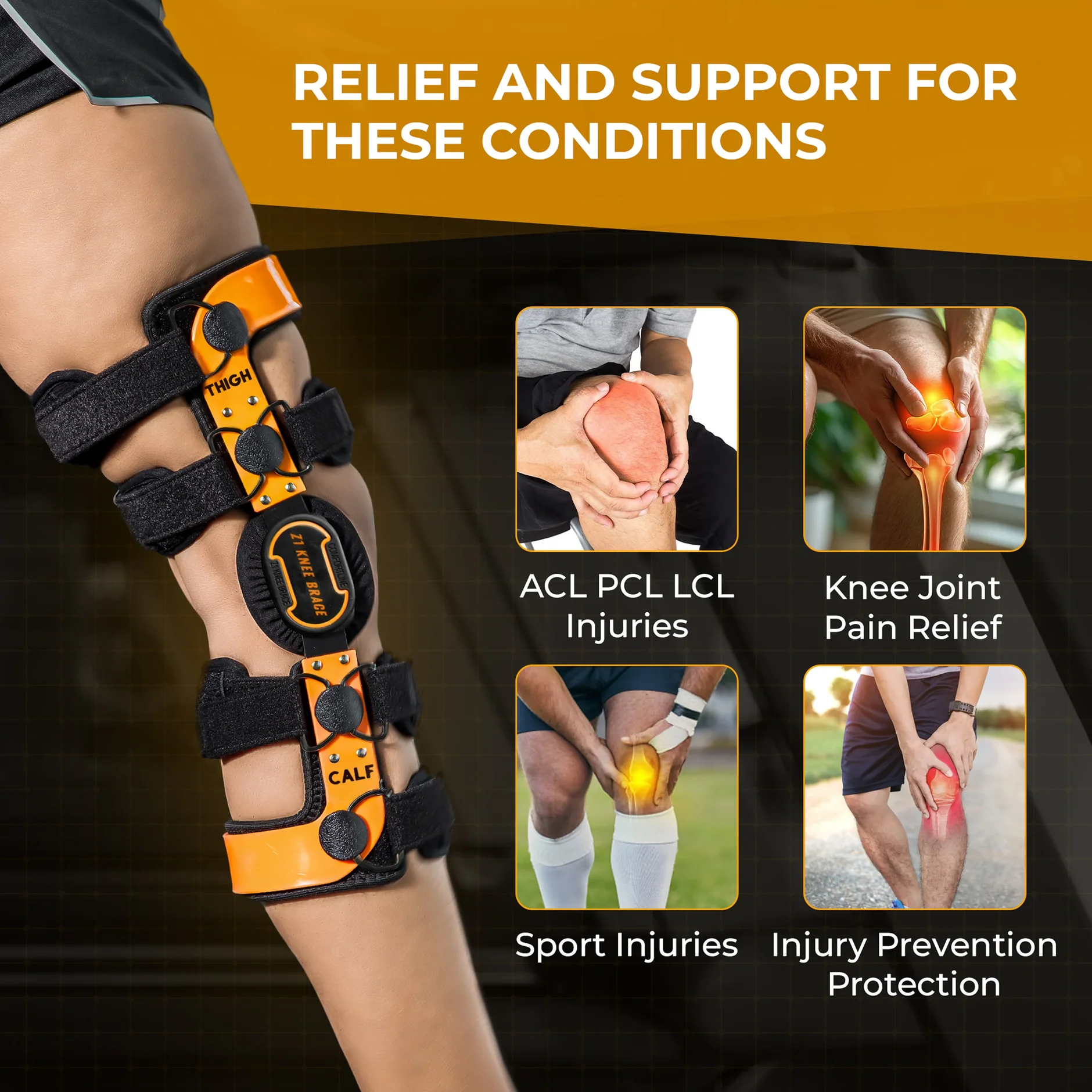Recovering from knee surgery can be a challenging journey, and one of the most important tools in this process is a metal knee brace. Designed to provide stability and protect the joint, these braces play a vital role in ensuring a smooth and safe recovery. In this article, we’ll explore why metal knee braces are recommended after surgery, how they work, and tips for using them effectively.
What is a Metal Knee Brace?
A metal knee brace is an orthopedic device made with durable metal components combined with padded straps to stabilize the knee. Unlike soft braces, which rely on elastic material, metal braces provide rigid support. They are commonly prescribed after surgeries such as ligament reconstruction (ACL, PCL), meniscus repair, or total knee replacement.
Benefits of Using a Metal Knee Brace After Surgery
-
Enhanced Stability: After surgery, the knee joint can be weak or unstable. Metal braces prevent unwanted movements that could jeopardize healing.
-
Controlled Motion: Many metal braces are adjustable, allowing doctors to set specific limits on bending and straightening, which is crucial during the early phases of rehabilitation.
-
Pain Reduction: By supporting the joint and limiting strain, metal braces can reduce pain during movement and everyday activities.
-
Injury Prevention: They protect the surgical repair from sudden twists, impacts, or accidental overextension.
Types of Metal Knee Braces
-
Hinged Knee Braces: These braces have metal hinges on both sides of the knee to control flexion and extension. They are often used after ligament surgeries.
-
Immobilizer Braces: Completely restrict movement to allow the joint to heal. Commonly used immediately post-surgery.
-
Functional Braces: Worn after initial healing, these braces allow controlled motion while still offering support for daily activities or physical therapy.
How to Use a Metal Knee Brace Effectively
-
Follow your surgeon’s instructions: The type of brace and duration of use will vary depending on the surgery and your recovery progress.
-
Ensure proper fit: A poorly fitted brace can cause discomfort, pressure sores, or limited mobility. Adjust straps carefully and consult your orthopedic specialist if needed.
-
Combine with rehabilitation: Braces are not a substitute for physical therapy. They should be used alongside exercises to restore strength and flexibility.
-
Regular maintenance: Keep the brace clean, check hinges for wear, and replace padding if necessary.
Potential Challenges
-
Initial discomfort: Wearing a metal brace may feel bulky or stiff at first.
-
Skin irritation: Pressure points may develop if the brace isn’t adjusted correctly.
-
Limited mobility: While necessary for healing, restricted motion can temporarily slow your daily activities.
Conclusion
A metal knee brace after surgery is more than just a support tool—it’s an essential part of the recovery process. By stabilizing the joint, protecting surgical repairs, and guiding safe movement, these braces help patients regain mobility with confidence. Proper use, combined with professional guidance and physical therapy, ensures the best possible outcomes for post-surgical knee recovery.
